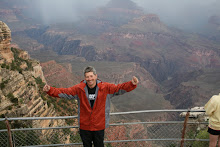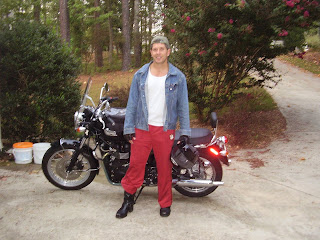The town of Dahlonega plays a large role in the story I’m writing. More specifically, the Federal mint that was located in Dahlonega from 1835 until it burned down in 1871 and the coins produced by that mint in 1838 play a large role in my story. Dahlonega is very significant in the Tragedy of the Cherokee removal.

In 1828 Benjamin Parks discovered gold while deer hunting in a place that was then called Licklog Georgia. The legend says Parks literally tripped over a large piece of quartz laced with the yellow metal. The Cherokee called the metal Talonega. Within months, word of Benjamin's discovery had spread worldwide and the 1829 Georgia Gold Rush was on. The town of Licklog was renamed Dahlonega which was the English spelling for the Cherokee pronunciation of Tah-Lon-Ega, and a new reason existed to remove the Cherokee from Georgia.
You may have never heard of Dahlonega or knew there was a gold rush in Georgia, but your probably heard the saying “there’s gold in them thar hills”. It’s likely your attributed those words to the 1849 California gold rush or the later Yukon gold rush. Actually, the saying, or a variant of it, was first proclaimed by miners during the 1829 Georgia gold rush.
Thousands of miners swarmed across northern Georgia in 1829. They illegally entered the Cherokee nation and setup mining and panning operations. The Cherokee referred to the gold rush as “the Great Intrusion”.
The removal of the Cherokee from Georgia was inevitable, but if it was not for the discovery of gold, it may likely have been a more gradual and less complete process. It’s probable that some Cherokee would have remained in possession of their Georgian lands into modern days. There are pockets of other indigenous people in several of the states along the eastern sea board. There’s even a small band of Cherokee in North Carolina, but the gold discovered in 1828 gave the Federal government a reason to remove the Cherokee quickly.
The onslaught of miners who paid no attention to borders or agreements set up the conditions for violence between Cherokee and the whites. The 1830s was a time of lawlessness in the north Georgia wilderness. The gold found in Dahlonega created a reason for whites to migrate in numbers to Georgia, the accelerated migration lead to the speedy annexation of the Cherokee nation by Georgia in 1832, and ultimately to the Cherokee removal in 1838 by the Federal government.
Today, Dahlonega is a great place to visit. On weekends and holidays, it is a bustling tourist center with dozens of little shops and restaurants. The town square is a living antique with well maintained 150 year old buildings surrounding what was once the Lumpkin County court house, but is now the Dahlonega gold museum. The winding roads that lead to Dahlonega make it a prime destination for Atlanta area motorcyclists.

This picture is of my bike in front of the North Georgia College Administration Building which sits on the foundation of what was the Federal mint.



